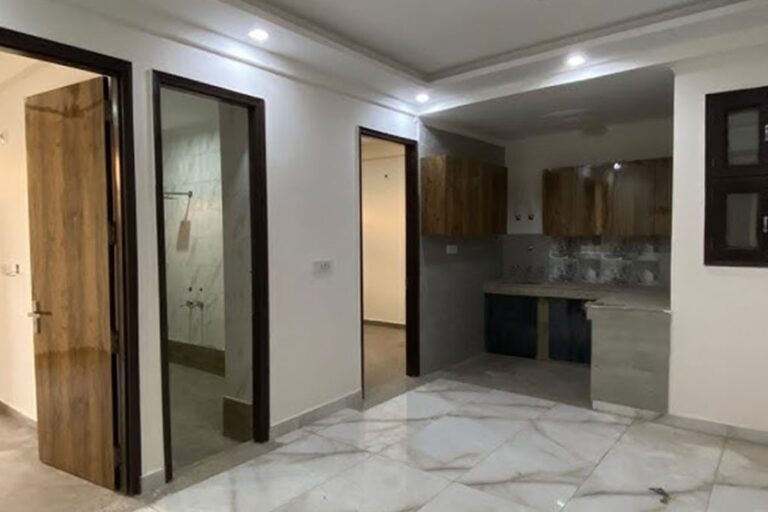The United Arab Emirates (UAE) stands at the forefront of innovation, blending its rich cultural heritage with cutting-edge advancements in sustainable architecture. As a nation known for its towering skyscrapers and ambitious urban projects, the UAE is increasingly prioritizing eco-friendly design to address environmental challenges and promote a sustainable future. Sustainable architecture in UAE integrates energy-efficient technologies, locally inspired designs, and resource-conscious practices to create buildings that harmonize with the desert environment while reducing ecological impact. This article delves into the principles, innovations, and impact of sustainable architecture in UAE, highlighting how the nation is shaping a greener built environment.
Principles Guiding Sustainable Architecture in UAE
Sustainable architecture in UAE is rooted in principles that balance environmental responsibility with aesthetic and functional excellence. The harsh desert climate, characterized by extreme heat and limited water resources, demands designs that minimize energy consumption and maximize efficiency. Passive cooling techniques, such as strategic orientation to reduce solar gain and the use of thermal mass materials, are widely adopted. Additionally, architects incorporate renewable energy sources like solar panels to harness the UAE’s abundant sunlight. Water conservation is another priority, with systems like greywater recycling and low-flow fixtures integrated into buildings. These principles ensure that sustainable architecture in UAE aligns with global environmental goals while addressing local climatic challenges.
Read also: doc4sing
Iconic Examples of Sustainable Architecture
The UAE is home to several landmark projects that exemplify sustainable architecture. The Masdar City in Abu Dhabi, often dubbed the “city of the future,” is a flagship example. Designed as a zero-carbon, zero-waste urban development, Masdar City incorporates solar energy, efficient public transportation, and buildings constructed with low-carbon materials. Another notable project is the Dubai Sustainable City, a residential community powered entirely by solar energy, featuring greenhouses for local food production and electric vehicle infrastructure. These projects showcase how sustainable architecture in UAE can create self-sufficient ecosystems that reduce reliance on non-renewable resources while maintaining modern comforts.
Integration of Cultural Heritage
Sustainable architecture in UAE does not merely focus on technology but also celebrates the nation’s cultural heritage. Traditional Emirati architectural elements, such as wind towers (barjeels) and courtyard designs, are reimagined in modern projects to enhance natural ventilation and cooling. For instance, the Sheikh Zayed Desert Learning Centre in Al Ain uses thick walls inspired by traditional mud-brick structures to regulate indoor temperatures. By blending these time-tested techniques with contemporary materials, architects create buildings that are both environmentally responsible and culturally resonant, ensuring sustainable architecture in UAE reflects the nation’s identity.
Know More: photoaconpan
Technological Innovations Driving Progress
Advancements in technology play a pivotal role in advancing sustainable architecture in UAE. Smart building systems, equipped with sensors and automation, optimize energy and water usage in real time. For example, the Burj Al Arab Jumeirah employs intelligent lighting systems that adjust based on occupancy and daylight availability. Additionally, the use of sustainable materials, such as recycled steel and low-emission concrete, reduces the carbon footprint of construction. The UAE’s investment in research and development further supports innovations like 3D-printed building components, which minimize waste and accelerate construction timelines, reinforcing the nation’s commitment to sustainable architecture.
Government Policies and Initiatives
The UAE government actively supports sustainable architecture through policies and initiatives that incentivize green building practices. The Estidama Pearl Rating System, Abu Dhabi’s sustainability framework, mandates energy and water efficiency standards for all new buildings. Similarly, Dubai’s Green Building Regulations require developers to incorporate eco-friendly designs, such as solar water heating and efficient insulation. These policies have spurred widespread adoption of sustainable architecture in UAE, encouraging developers and architects to prioritize environmental performance. Government-led campaigns, like the UAE Vision 2021, further emphasize sustainability as a national priority, fostering a culture of innovation in the built environment.
Explore More: jheniferffc
Challenges and Future Directions
Despite its progress, sustainable architecture in UAE faces challenges, including high initial costs and the need for skilled expertise in green construction. The reliance on air conditioning in the region’s extreme climate also poses hurdles to achieving net-zero energy goals. However, ongoing advancements in affordable green technologies and training programs for architects are addressing these issues. Looking ahead, the UAE aims to expand its sustainable architecture portfolio by integrating artificial intelligence to enhance building efficiency and exploring vertical farming within urban structures. These efforts signal a promising future for sustainable architecture in UAE, positioning the nation as a global leader in eco-conscious urban development.
Impact on Society and Environment
The rise of sustainable architecture in UAE has far-reaching impacts on both society and the environment. Green buildings reduce energy consumption, lowering utility costs for residents and businesses while decreasing greenhouse gas emissions. Improved indoor air quality and natural lighting in sustainable designs also enhance occupant health and productivity. Furthermore, sustainable architecture in UAE fosters environmental awareness, inspiring communities to adopt eco-friendly lifestyles. By prioritizing green spaces and urban biodiversity, projects like the Sharjah Sustainable City create healthier, more livable urban environments, contributing to the well-being of residents and the planet.
Sustainable architecture in UAE represents a harmonious blend of innovation, cultural heritage, and environmental stewardship. Through iconic projects, supportive policies, and a commitment to technological advancement, the UAE is redefining urban development in the face of climatic challenges. As the nation continues to invest in sustainable practices, it sets a global benchmark for creating cities that are not only visually stunning but also environmentally responsible, ensuring a greener tomorrow for generations to come.
Visit For More Info:


